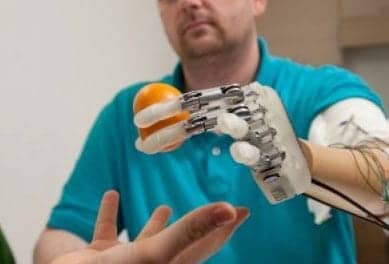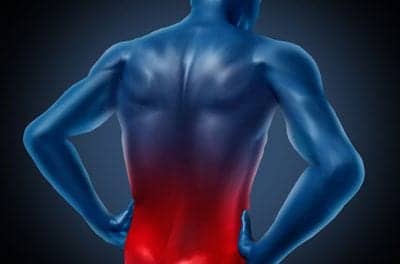Participation in vigorous sports during childhood and adolescence can cause abnormal development of the femur in young athletes, and may lead to hip deformation, according to Swiss researchers. The findings, published online in Clinical Orthopaedics and Related Research, may explain why athletes are at higher risk than more sedentary individuals to develop osteoarthritis.
“Our data suggest that this hip deformity is in part a developmental deformity, and its expression in young adulthood may be triggered by environmental factors such as high-level sports activity during childhood and around the time of closure of the femoral growth plate,” noted Klaus A. Seibenrock, MD, and fellow authors.
“Given the role of the deformity in degenerative changes in the hip, morphological features of the femur resulting from vigorous sporting activity are a key component in the elevated incidence of hip osteoarthritis observed in athletes,” they added.
The team performed a retrospective review of 72 hips in 37 male basketball players with a mean age of 17.6 years. They also investigated 76 asymptomatic hips in 38 age-matched volunteers who had not participated in high-level sporting activities.
According to the study, 11 (15%) of the 72 hips in the athletic cohort were reported as painful, with physical examination revealing positive anterior impingement tests. The athletic cohort also displayed a larger maximum value of alpha angle throughout the anterosuperior head segment than that found in the control group, with these differences growing more pronounced following capital growth plate closure.
“Overall, the athletes had a 10-fold increased likelihood of having an alpha angle greater than 55° at least at one measurement position,” the authors wrote. “Our observations suggest a high intensity of sports activity during adolescence is associated with a substantial increase in the risk of cam-type impingement.”
[Source: OrthoSuperSite]




